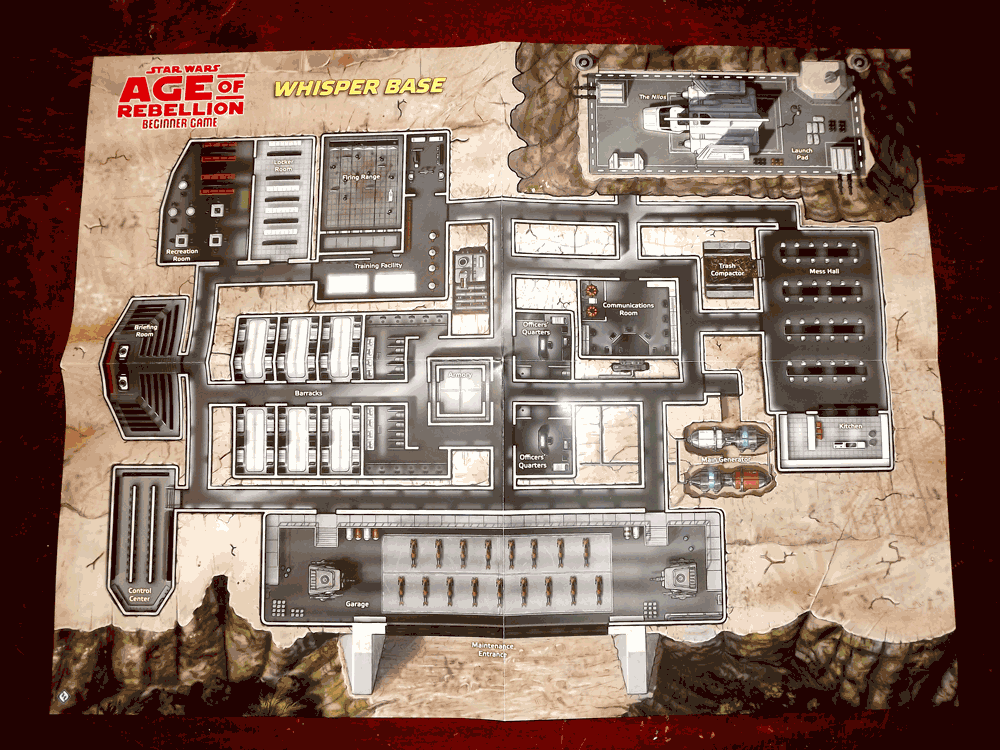

Appropriately enough, there are three core rulebooks that focus on three distinct types of Star Wars narrative: The first book, Edge Of The Empire, contains contains careers, skill trees, and a debt-based karma system to tell stories of smugglers, bounty hunters, and scoundrels eking out a living on the Outer Rim (think The Mandalorian or Solo: A Star Wars Story). The newest official Star Wars RPG, published by Fantasy Flight Games, focuses on the timeline of the original Star Wars trilogy, where the Rebel Alliance fights a war of liberation against the repressive Galactic Empire. Unlike the West End Games RPG, though, the Star Wars Roleplaying Game has better game balance between Jedi and non-Force-sensitive classes, which have access to mundane but still very useful abilities and feats. BioWare's acclaimed computer RPG Star Wars: Knights of the Old Republic, released in 2003, was built on a modified version of the d20 system used in the Star Wars Roleplaying Game, literally rolling virtual dice in the background as the game's turn-based combat progressed. Similar to the West End Games RPG, the Star Wars Roleplaying Game has " Destiny Points" players can spend to improve the results of any ability check that brings them close to fulfilling their destiny. Related: Star Wars: Knights Of The Old Republic II Comes To Mobile Next Month Special character abilities are determined by the race and class combination players pick, with class options such as Jedi, Scoundrel, and Soldier and race options such as human, Ewok, Wookiee, and Rodian. Like Dungeons & Dragons 3rd Edition, players of the Star Wars Roleplaying Game make ability checks and attack attempts by rolling a 20-sided dice and adding bonuses from their skills and attributes. Shortly after the release of Star Wars: The Phantom Menace, Wizards of the Coast published the Star Wars Roleplaying Game, built around its in-house d20 system. For a time, many people affiliated with LucasFilm used these sourcebooks as canonical encyclopedias of Star Wars lore, with one notable example being Timothy Zahn, the creator of the " Thrawn Trilogy" of Star Wars novels. The sourcebooks of Star Wars: The Roleplaying Game greatly fleshed out the Star Wars universe, containing incredibly detailed lore entries on planets, alien species, spaceships, weapons, factions, tools, and droids. Character templates such as " Quixotic Jedi" give players access to fairly overpowered Force abilities, but the narrative, abstract focus of the rules let even underpowered characters do cool things.
Star wars rpg age of rebellion pdf plus#
Players roll a certain number of six-sided dice based on the strength of their Attributes plus Skills and spend Force Points to boost their rolls at dramatically appropriate moments. The first Star Wars roleplaying game was published by West End Games in 1987, a few years after the release of Return of the Jedi. Unlike competing tabletop games of the time, such as Dungeons & Dragons 2nd Edition, the rules for Star Wars: The Roleplaying Game are fairly cinematic and abstract.

The three official Star Wars roleplaying games released over the years give fans different rulesets and tools to tell their own Star Wars stories, whether as noble Jedi, cunning smugglers, or soldiers on the frontlines of the Rebellion.

The storytelling potential of the Star Wars setting has inspired countless creators to try their hands at Star Wars media - not just authors like Timothy Zahn or producers of shows like The Mandalorian, but also tabletop gamers interesting in telling stories set in its fascinating universe. Related: How The Mandalorian Unifies All Three Star Wars Trilogies
Star wars rpg age of rebellion pdf tv#
In short, the Star Wars setting is a great sandbox for telling stories of good versus evil, whether in the large scale (the three main Star Wars trilogies) or the small ( TV dramas like The Mandalorian). The universe of Star Wars, in contrast to the sterile, individuality-stifling settings of dystopian sci-fi films, is a fundamentally interesting place, where strange alien planets can be reached with a quick jaunt through hyperspace, and the choices protagonists may genuinely alter the course of galactic events, for either good or ill. The key to the Star Wars franchise's enduring popularity is arguably the sense of childlike awe it inspires in viewers.


 0 kommentar(er)
0 kommentar(er)
